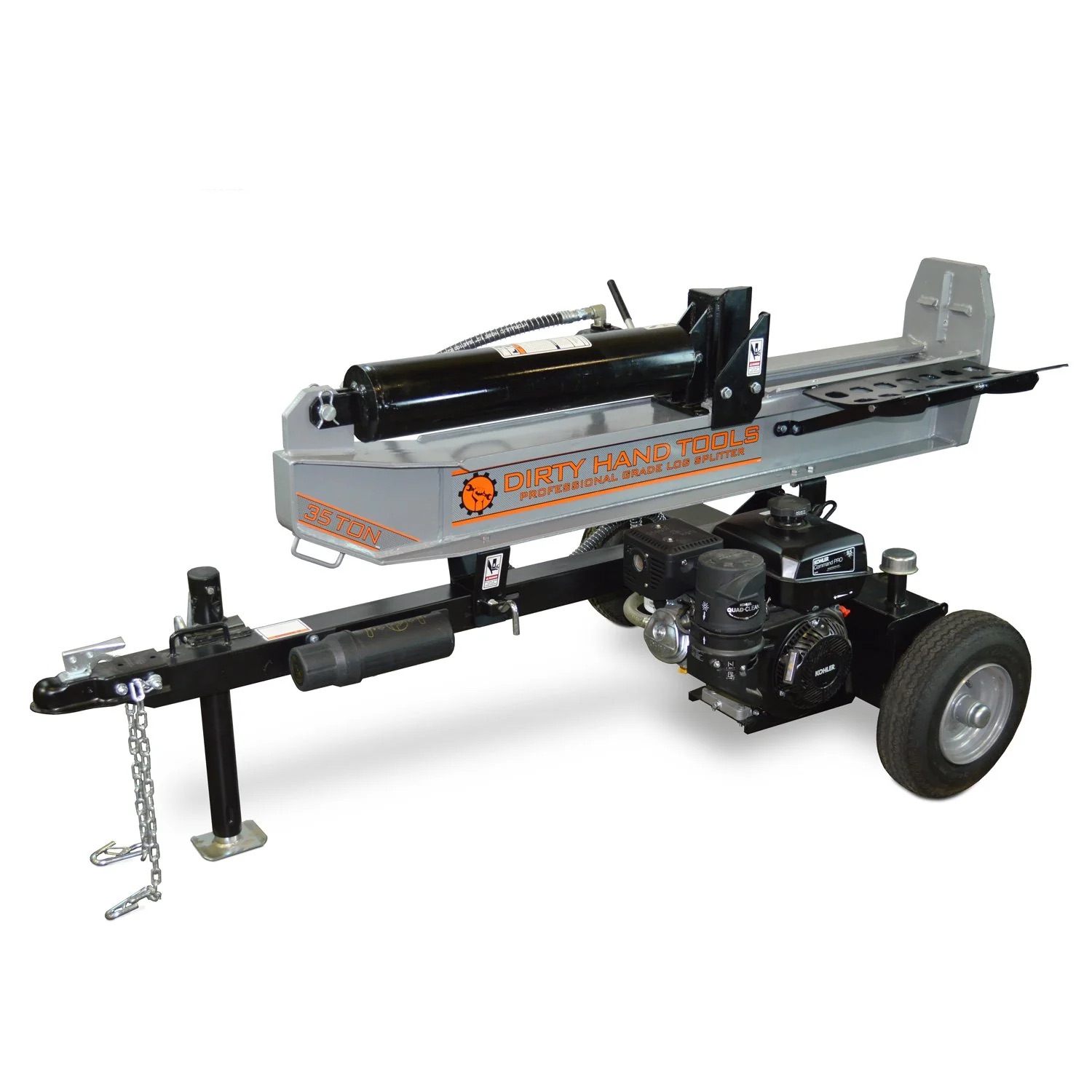

Articles
How To Repair Dirty Hand Tools Cylinder
Modified: February 27, 2024
Discover effective methods to clean and restore your dirty hand tools cylinder with our informative articles. Transform your tools and improve their performance!
(Many of the links in this article redirect to a specific reviewed product. Your purchase of these products through affiliate links helps to generate commission for Storables.com, at no extra cost. Learn more)
Introduction
Hand tools are essential for a variety of tasks, from gardening to mechanical work. Over time, these tools can accumulate dirt, debris, and grime, which can hinder their performance and shortens their lifespan. One of the common areas where dirt and debris can accumulate is the cylinder of hand tools, such as chainsaws, trimmers, or lawnmowers.
A dirty cylinder can lead to various problems, including decreased engine power, difficulty in starting the tool, and reduced fuel efficiency. To ensure the optimal performance of your hand tools and prolong their longevity, it is important to regularly clean and maintain their cylinders.
This comprehensive guide will provide you with step-by-step instructions on how to effectively clean and repair a dirty hand tool cylinder. By following these guidelines, you can restore your tools to their optimal working condition and ensure smooth operation for your future tasks.
Key Takeaways:
- Regularly cleaning and maintaining hand tool cylinders is crucial for optimal performance and longevity, preventing dirt accumulation and reducing the need for extensive repairs.
- Following a step-by-step cleaning process, including inspecting and cleaning the fuel system, ensures a well-maintained and efficient hand tool cylinder for future tasks.
Read more: Who Makes Dirty Hand Tools
Understanding the Causes of Dirty Hand Tools Cylinder
A dirty hand tool cylinder can be caused by various factors, the most common being dirt, debris, and oil residue. When you use your hand tools in outdoor environments, they come into contact with soil, dust, and grass clippings. These particles can find their way into the cylinder and accumulate over time, leading to blockages and reduced performance.
In addition to external factors, internal factors such as insufficient air filtration and fuel contamination can also contribute to a dirty cylinder. If the air filter of your hand tool is clogged or damaged, it fails to effectively filter out contaminants, allowing them to enter the cylinder. Similarly, if the fuel you use is of poor quality or contains impurities, it can leave behind residue that accumulates in the cylinder.
Another factor to consider is improper maintenance of your hand tools. Regular cleaning and maintenance help prevent the accumulation of dirt and debris in the cylinder. However, neglecting these routine tasks can result in a dirty cylinder and hinder the performance of your hand tools.
It is important to note that a dirty cylinder not only reduces the efficiency of your hand tools but also potentially damages the engine. Dirt and debris can clog the spark plug, carburetor, and other engine components, leading to misfires, poor fuel combustion, and overall decreased engine power.
By understanding the causes of a dirty hand tool cylinder, you can take the necessary steps to prevent it from happening and ensure the proper functioning of your tools.
Necessary Tools and Materials
Before you begin the process of cleaning and repairing a dirty hand tool cylinder, gather the necessary tools and materials. Having these items on hand will make the task easier and more efficient:
- Flathead screwdriver or wrench: This will be used to remove screws or bolts securing parts of the hand tool.
- Air compressor or brush: An air compressor or a brush will help remove loose dirt and debris from the cylinder.
- Cleaning solvent: Choose a cleaning solvent specifically designed for engine components. This will effectively break down oil residue and dirt.
- Spark plug wrench: This specialized wrench is necessary for safely removing the spark plug from the cylinder.
- Spark plug cleaner or replacement: Depending on the condition of the spark plug, you may need either a spark plug cleaner tool or a replacement spark plug.
- Air filter cleaner and oil: If your hand tool has a foam or paper air filter, you will need a proper air filter cleaner and oil for maintenance.
- Carburetor cleaner: To clean the carburetor thoroughly and remove any buildup, a carburetor cleaner is essential.
- Fuel line cleaner: If you suspect fuel contamination, a fuel line cleaner will help eliminate any impurities.
- Gloves and safety goggles: It is important to protect your hands and eyes during the cleaning process. Wear gloves and safety goggles for safety.
- Rags or paper towels: These will be useful for wiping down parts and absorbing excess cleaning solvents or fluids.
By having these tools and materials ready, you will be well-equipped to effectively clean and repair a dirty hand tool cylinder.
Step-by-Step Guide to Repair Dirty Hand Tools Cylinder
Now that you have gathered the necessary tools and materials, it’s time to proceed with the step-by-step process of repairing a dirty hand tool cylinder:
- Disconnect the spark plug wire: Before you begin any work, ensure the hand tool is turned off and the spark plug wire is disconnected to prevent accidental starting.
- Cleaning the cylinder exterior: Use an air compressor or a brush to remove loose dirt and debris from the cylinder’s exterior. Pay attention to areas around the cooling fins and exhaust port.
- Removing and cleaning the spark plug: Use a spark plug wrench to carefully remove the spark plug from the cylinder. Inspect the spark plug for signs of dirt, debris, or damage. Clean it using a spark plug cleaner tool or replace it if necessary.
- Cleaning the air filter: If your hand tool has an air filter, remove it and inspect it for dirt and debris. If it is foam or paper-based, clean it using an air filter cleaner. Ensure it is completely dry before reinstallation. If it is excessively dirty or damaged, consider replacing it.
- Cleaning the carburetor: Locate the carburetor on your hand tool and carefully remove it. Use a carburetor cleaner to spray the inside and outside of the carburetor, removing any buildup or residue. Pay attention to the small air and fuel passages to ensure they are clear. Allow the carburetor to dry before reinstallation.
- Inspecting and cleaning the fuel system: If you suspect fuel contamination, use a fuel line cleaner to flush out the fuel system. Follow the instructions on the cleaner’s packaging for the proper usage. This will help remove any impurities and ensure clean fuel flow to the cylinder.
- Reassembling the hand tool cylinder: Once all the components are clean and dry, carefully reassemble the hand tool cylinder. Make sure all screws or bolts are secured tightly. Reinstall the spark plug and reconnect the spark plug wire.
- Testing the cylinder’s performance: Start the hand tool and observe its performance. Check for smooth operation, adequate power, and proper fuel combustion. If you notice any issues, double-check the components and connections to ensure everything is properly reassembled.
Following this step-by-step guide will help you effectively clean and repair a dirty hand tool cylinder, ensuring optimal performance and longevity for your tools.
Cleaning the Cylinder Exterior
One of the first steps in repairing a dirty hand tool cylinder is to clean the exterior of the cylinder. This will help remove loose dirt, debris, and grime, improving the overall appearance of the tool and facilitating further cleaning processes. Here’s how to clean the cylinder exterior:
- Ensure the hand tool is turned off and the spark plug wire is disconnected for safety.
- Use an air compressor or a brush to remove loose dirt and debris from the cylinder’s exterior. Gently go over the surface, paying particular attention to areas around the cooling fins and exhaust port where dirt tends to accumulate.
- If there are any stubborn spots or grease stains, use a mild detergent or a degreaser, along with a cloth or sponge, to gently scrub the affected areas. Be careful not to apply excessive force, as it may damage the surface of the cylinder.
- Rinse off the detergent or degreaser residue with clean water. Avoid introducing excessive water into the cylinder or other components, as it may cause damage or affect the tool’s performance.
- Once the cylinder is clean, use a dry cloth or towel to wipe it down and remove any excess moisture. Ensure it is completely dry before moving on to the next steps of the cleaning process.
Cleaning the exterior of the cylinder not only enhances the overall appearance of the hand tool but also prepares it for further cleaning processes. By removing loose dirt and debris, you can effectively clean the internal components of the cylinder and ensure optimal performance.
Read more: Who Makes Dirty Hand Tools Mower
Removing and Cleaning the Spark Plug
The spark plug is a crucial component of the hand tool cylinder that ignites the fuel-air mixture. Over time, it can accumulate dirt, debris, and carbon deposits, leading to decreased performance and difficulty in starting the tool. Here’s how to remove and clean the spark plug:
- Ensure the hand tool is turned off and the spark plug wire is disconnected for safety.
- Locate the spark plug on the cylinder. It is typically positioned on top or on the side of the cylinder and secured with a spark plug wire or cap.
- Using a spark plug wrench, carefully loosen and remove the spark plug from the cylinder. Take note of the spark plug’s position, as improper installation can lead to ignition issues.
- Inspect the spark plug for signs of dirt, debris, or damage. If there is excessive dirt or debris, use a soft brush or cloth to remove it. Be gentle to avoid damaging the electrode or insulator.
- If the spark plug is heavily fouled with carbon deposits or other contaminants, it may require cleaning. Use a spark plug cleaner tool or a wire brush to clean the electrode and insulator. Ensure the electrode gap remains within the manufacturer’s specifications.
- If the spark plug cannot be effectively cleaned or if it is damaged, it is recommended to replace it with a new spark plug that is compatible with your hand tool model.
- Before reinstalling the spark plug, double-check the cylinder for any leftover dirt or debris. Use an air compressor or a brush to remove any loose particles.
- Carefully thread the spark plug back into the cylinder by hand to avoid cross-threading. Once it is snug, use a spark plug wrench to tighten it further. Take care not to overtighten, as it can damage the threads.
- Finally, reconnect the spark plug wire to the spark plug.
Cleaning the spark plug or replacing it when necessary is essential for maintaining good ignition and optimal performance of the hand tool cylinder. By following these steps, you can effectively clean the spark plug and ensure smooth operation for your tool.
To repair a dirty hand tools cylinder, disassemble the cylinder and clean all parts thoroughly with a degreaser. Inspect for any damage or wear, and replace any worn or damaged parts before reassembling.
Cleaning the Air Filter
The air filter plays a vital role in keeping the hand tool cylinder clean by trapping dirt, dust, and debris from entering the engine. Over time, the air filter can become clogged and restrict airflow, leading to reduced performance and fuel efficiency. Here’s how to clean the air filter:
- Ensure the hand tool is turned off and the spark plug wire is disconnected for safety.
- Locate the air filter housing, which is usually positioned on the side or top of the hand tool. It is secured with screws or clips that need to be removed to access the air filter.
- Once the housing is open, carefully remove the air filter. Take note of how it is positioned to ensure proper reinstallation.
- Inspect the air filter for dirt, debris, and oil residue. If it is lightly dirty, you can clean it rather than replacing it.
- If the air filter is foam-based, gently wash it with a mild detergent or an air filter cleaner specifically designed for foam filters. Thoroughly rinse it with water until all dirt and cleaning solution are removed. Squeeze out excess water and allow it to air dry completely.
- If the air filter is paper-based, tap it gently to remove loose dirt and debris. If it is heavily soiled or damaged, replace it with a new air filter suitable for your hand tool model.
- Before reinstalling the air filter, ensure the air filter housing is clean and free from debris. If necessary, use an air compressor or a brush to remove any remaining dirt or debris.
- Once the air filter is dry and the housing is clean, carefully position the air filter back into the housing. Ensure it is placed correctly, following the markings or instructions provided by the manufacturer.
- Secure the air filter housing with screws or clips and make sure it is tightly sealed.
- Reconnect the spark plug wire to the spark plug.
Cleaning the air filter regularly is essential for maintaining proper airflow and optimal performance of the hand tool cylinder. By following these steps, you can effectively clean the air filter and ensure maximum efficiency for your tool.
Cleaning the Carburetor
The carburetor is a crucial component of the hand tool cylinder that mixes fuel and air in the correct ratio for combustion. Over time, it can accumulate dirt, varnish, and other deposits that can hinder its performance. Cleaning the carburetor is necessary to ensure smooth fuel flow and optimal engine performance. Here’s how to clean the carburetor:
- Ensure the hand tool is turned off and the spark plug wire is disconnected for safety.
- Locate the carburetor on your hand tool. It is typically positioned near the air filter or on the side or bottom of the cylinder.
- Depending on the carburetor design, you may need to loosen and remove screws, bolts, or clips to access the carburetor. Use a flathead screwdriver or wrench to perform this task.
- Gently remove the carburetor from its mounting position, taking care not to damage any connected parts or lines.
- Using a carburetor cleaner, spray the inside and outside of the carburetor, paying particular attention to the small air and fuel passages. The cleaner will dissolve any built-up deposits and varnish.
- Use a small brush or toothbrush to scrub away stubborn deposits from the carburetor surfaces. Be gentle, as excessive force may damage delicate components.
- Rinse the carburetor thoroughly with clean water to remove any remaining cleaner and debris. Ensure all passages are clear and free from obstruction.
- Allow the carburetor to air dry completely before reinstallation. Ensure there is no moisture left that could interfere with the fuel flow.
- Carefully reinstall the carburetor, making sure it is properly aligned and secured with screws, bolts, or clips.
- Reconnect any fuel lines or other connections that were disconnected during the cleaning process.
- Reattach the air filter housing and secure it in place.
- Reconnect the spark plug wire to the spark plug.
Cleaning the carburetor is a critical step in maintaining the optimal performance of the hand tool cylinder. By following these steps, you can effectively remove built-up deposits and varnish, ensuring smooth fuel flow and efficient engine operation.
Inspecting and Cleaning the Fuel System
The fuel system of a hand tool cylinder is responsible for delivering clean and properly mixed fuel to the engine. Over time, the fuel system can become contaminated with dirt, debris, and fuel residues, leading to decreased performance and fuel inefficiency. Inspecting and cleaning the fuel system is necessary to ensure optimal fuel flow and combustion. Here’s how to inspect and clean the fuel system:
- Ensure the hand tool is turned off and the spark plug wire is disconnected for safety.
- Locate the fuel system components, including the fuel tank, fuel lines, and fuel filter.
- Inspect the fuel tank for any visible dirt, debris, or sediments. If you notice any contaminants, it may be necessary to clean or replace the fuel tank.
- Remove the fuel lines from the carburetor or fuel filter. Inspect the fuel lines for cracks, leaks, or blockages. If you notice any issues, replace the fuel lines.
- If your hand tool has a fuel filter, inspect it for dirt or clogs. Depending on the type of fuel filter, you may need to clean it or replace it altogether.
- Clean the fuel tank by draining out any remaining fuel and thoroughly rinsing the tank with clean water. Remove any sediments or residues using a soft brush or cloth. Allow the tank to air dry completely before refilling it with fresh fuel.
- Clean or replace the fuel filter according to the manufacturer’s instructions. Some fuel filters can be cleaned by rinsing them with a fuel line cleaner or by blowing compressed air through them. Others may need to be completely replaced.
- Inspect the fuel lines for proper connection and fit. Ensure they are securely attached and free from any bends or kinks that could obstruct fuel flow.
- If you suspect fuel contamination, use a fuel line cleaner specifically designed to remove impurities. Follow the instructions on the cleaner’s packaging to ensure safe and effective usage.
- Once you have inspected and cleaned the fuel system components, reconnect all fuel lines, making sure they are properly connected and tightened.
- Refill the fuel tank with fresh, clean fuel that is appropriate for your hand tool.
- Reconnect the spark plug wire to the spark plug.
Inspecting and cleaning the fuel system is crucial for maintaining proper fuel flow and combustion in the hand tool cylinder. By following these steps, you can ensure a clean and efficient fuel system, enhancing the performance and longevity of your tool.
Read also: 10 Amazing Dirty Hand Tools for 2024
Reassembling the Hand Tool Cylinder
After cleaning the various components of the hand tool cylinder, it’s time to reassemble everything to ensure proper functioning and performance. Reassembling the cylinder requires attention to detail and careful handling of the components. Here’s how to reassemble the hand tool cylinder:
- Ensure the hand tool is turned off and the spark plug wire is disconnected for safety.
- Refer to any documentation or markings to ensure you are reassembling the components correctly. If necessary, consult the user manual or manufacturer instructions for guidance.
- Carefully position the cleaned or replaced parts, such as the spark plug, air filter, carburetor, and fuel system components, back into their respective positions.
- Secure the components in place using the appropriate screws, bolts, or clips. Ensure they are tightened properly, but avoid over-tightening to prevent damage to the parts.
- Double-check all connections, such as fuel lines and electrical connections, to ensure they are properly secured and free from any leaks or loose fittings.
- Inspect the cylinder and surrounding components one final time to ensure no loose dirt, debris, or leftover cleaning agents are present.
- Once you are satisfied that everything is in order, reconnect the spark plug wire to the spark plug. Ensure it is securely attached.
- Take a moment to clean any remaining dirt, dust, or fingerprints from the exterior of the hand tool cylinder using a clean cloth or towel.
Reassembling the hand tool cylinder requires careful attention to detail and ensuring all components are correctly positioned and securely fastened. By following these steps, you can successfully reassemble the cylinder and prepare it for testing and use.
Testing the Cylinder’s Performance
After cleaning and reassembling the hand tool cylinder, it’s essential to test its performance to ensure that everything is working correctly. Testing the cylinder will help you identify any potential issues and validate the effectiveness of the cleaning and repair process. Here’s how to test the cylinder’s performance:
- Ensure the hand tool is in a safe location, away from any obstacles or combustible materials.
- Make sure the fuel tank is filled with fresh, clean fuel that is appropriate for your hand tool.
- Reconnect the spark plug wire to the spark plug.
- Follow the start-up procedure specific to your hand tool, which may involve priming the fuel system or adjusting choke settings.
- Start the hand tool and listen for any unusual noises or vibrations. A properly cleaned and repaired cylinder should start smoothly and run quietly.
- Observe the hand tool’s performance by testing its power and responsiveness. Ensure that it operates at the expected RPM and maintains a consistent speed.
- Use the hand tool for a short period of time to gauge its performance during actual use. Pay attention to how it operates under different tasks or loads.
- If you notice any issues, such as reduced power, rough idling, or difficulty in starting, double-check the components and connections to ensure they are properly assembled.
- If the hand tool still exhibits performance issues, it may require further inspection or servicing by a professional.
Testing the cylinder’s performance is crucial to validate the effectiveness of the cleaning and repair process. By following these steps and closely observing the hand tool’s performance, you can ensure that the cylinder is functioning optimally and ready for use in various tasks.
Conclusion
Maintaining a clean and well-functioning hand tool cylinder is essential for optimal performance and longevity of your tools. By regularly cleaning and repairing the cylinder, you can ensure that your hand tools operate efficiently and reliably, allowing you to tackle various tasks with ease.
In this comprehensive guide, we have explored the step-by-step process of repairing a dirty hand tool cylinder. From understanding the causes of a dirty cylinder to cleaning the exterior, removing and cleaning the spark plug, cleaning the air filter, cleaning the carburetor, inspecting and cleaning the fuel system, reassembling the cylinder, and testing its performance, each step is crucial in restoring optimal functionality to your hand tools.
Remember, prevention is better than cure. Regular cleaning and maintenance can help prevent excessive dirt and debris from accumulating in the cylinder, reducing the need for extensive repairs. Additionally, using high-quality fuel and ensuring proper air filtration are key in keeping the cylinder clean and the tools running smoothly.
By following the guidelines outlined in this guide, you can effectively clean and repair your hand tool cylinder, ensuring its performance and extending its lifespan. Proper maintenance and care will not only save you time and money but also contribute to a safer and more enjoyable experience while using your hand tools.
Now that you have the knowledge and understanding of how to repair a dirty hand tool cylinder, it’s time to put it into practice and enjoy the benefits of a well-maintained and efficient tool in all your future tasks.
Frequently Asked Questions about How To Repair Dirty Hand Tools Cylinder
Was this page helpful?
At Storables.com, we guarantee accurate and reliable information. Our content, validated by Expert Board Contributors, is crafted following stringent Editorial Policies. We're committed to providing you with well-researched, expert-backed insights for all your informational needs.
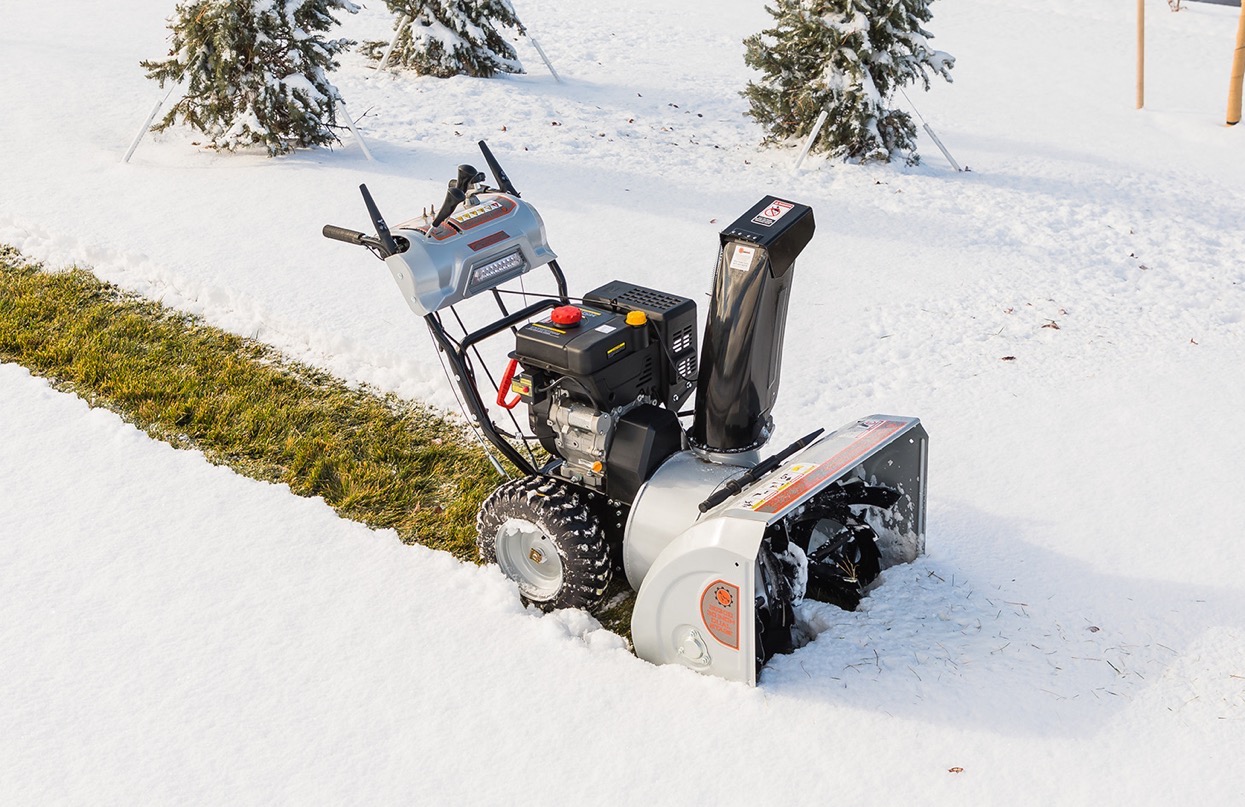
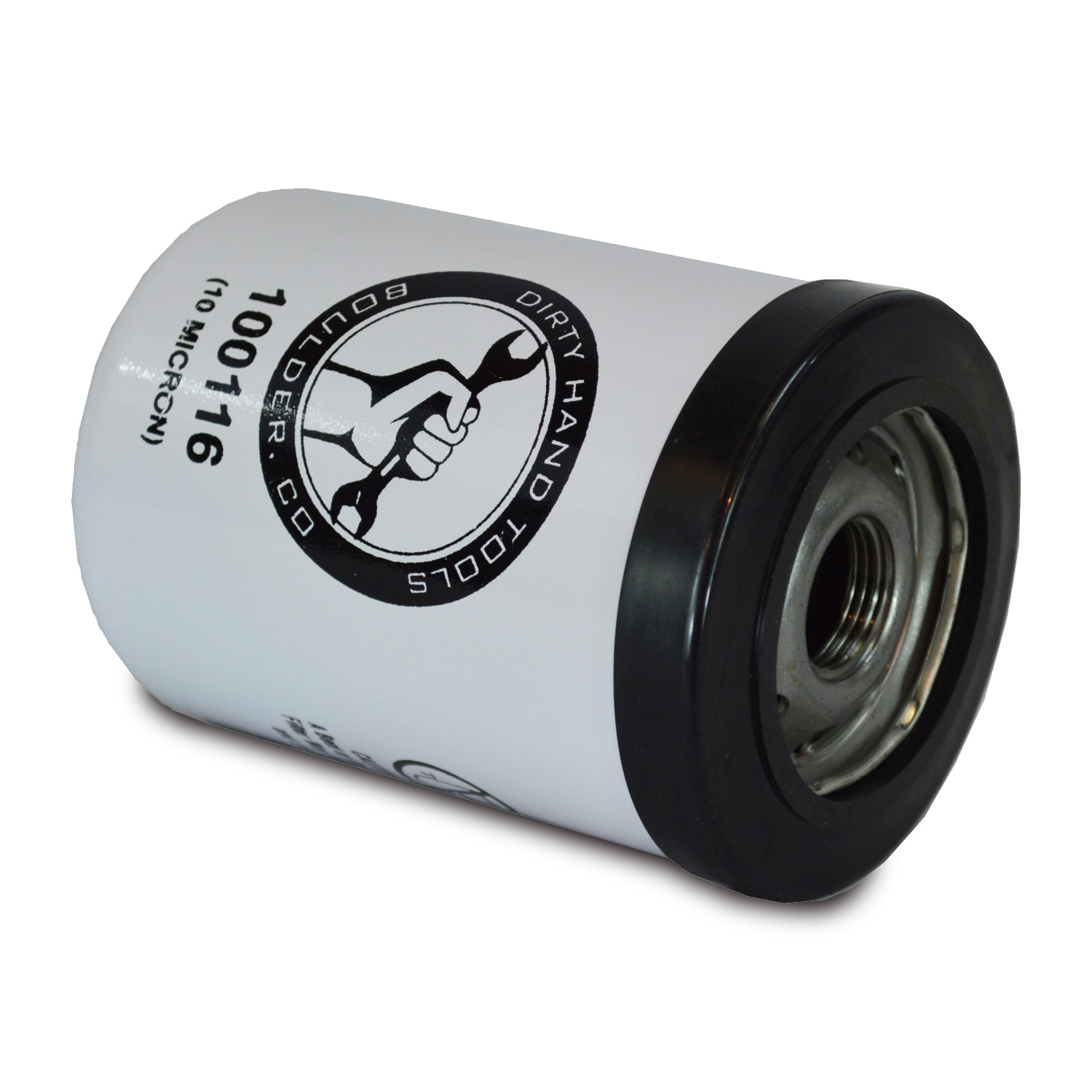
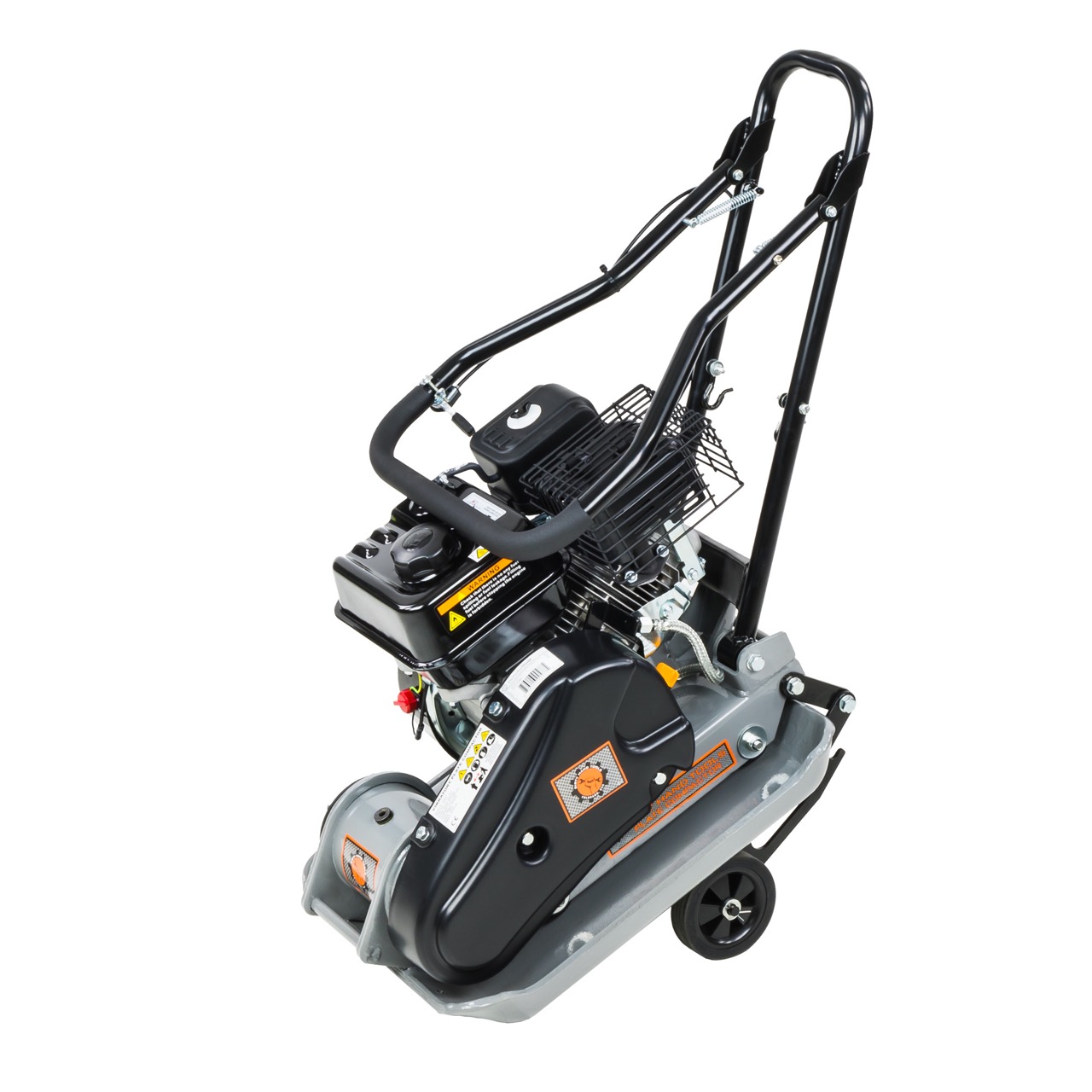
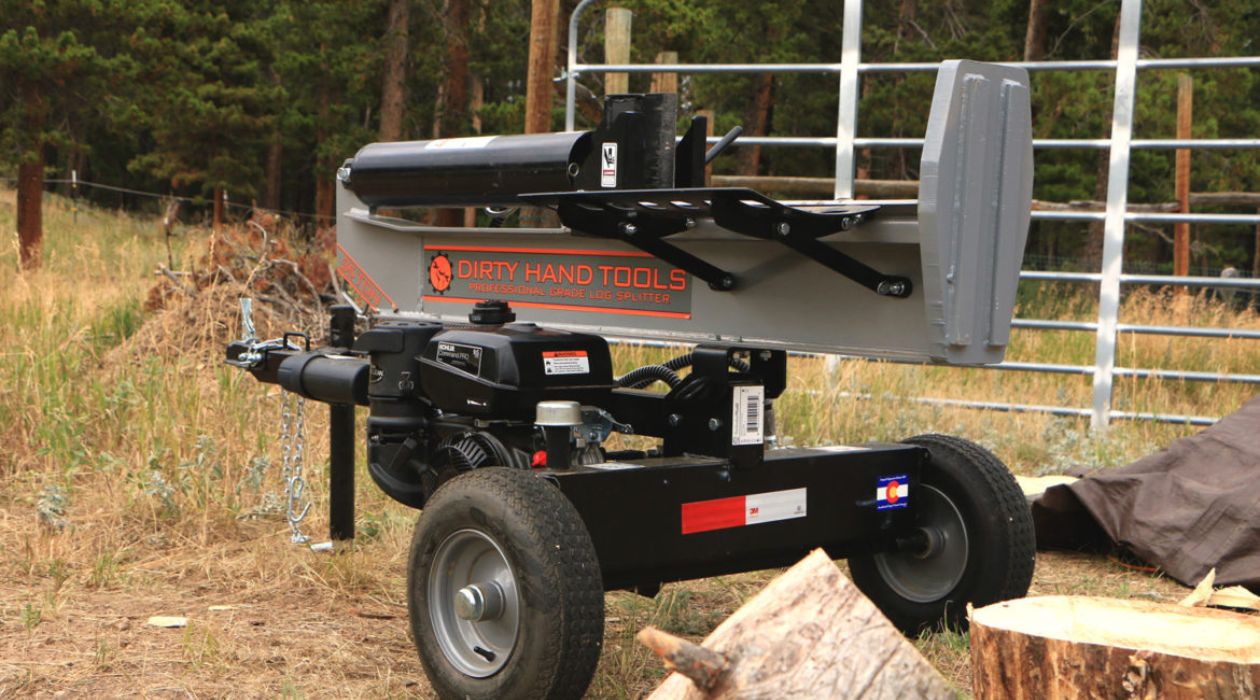
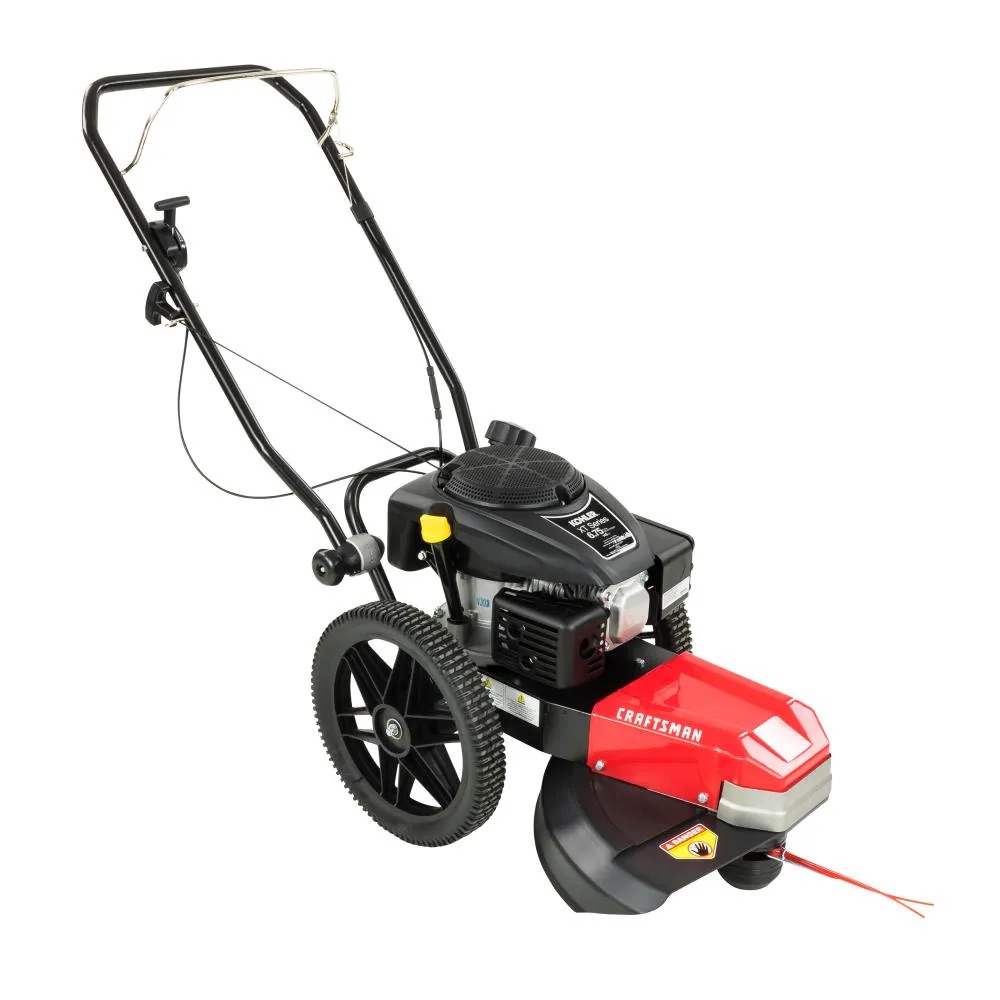
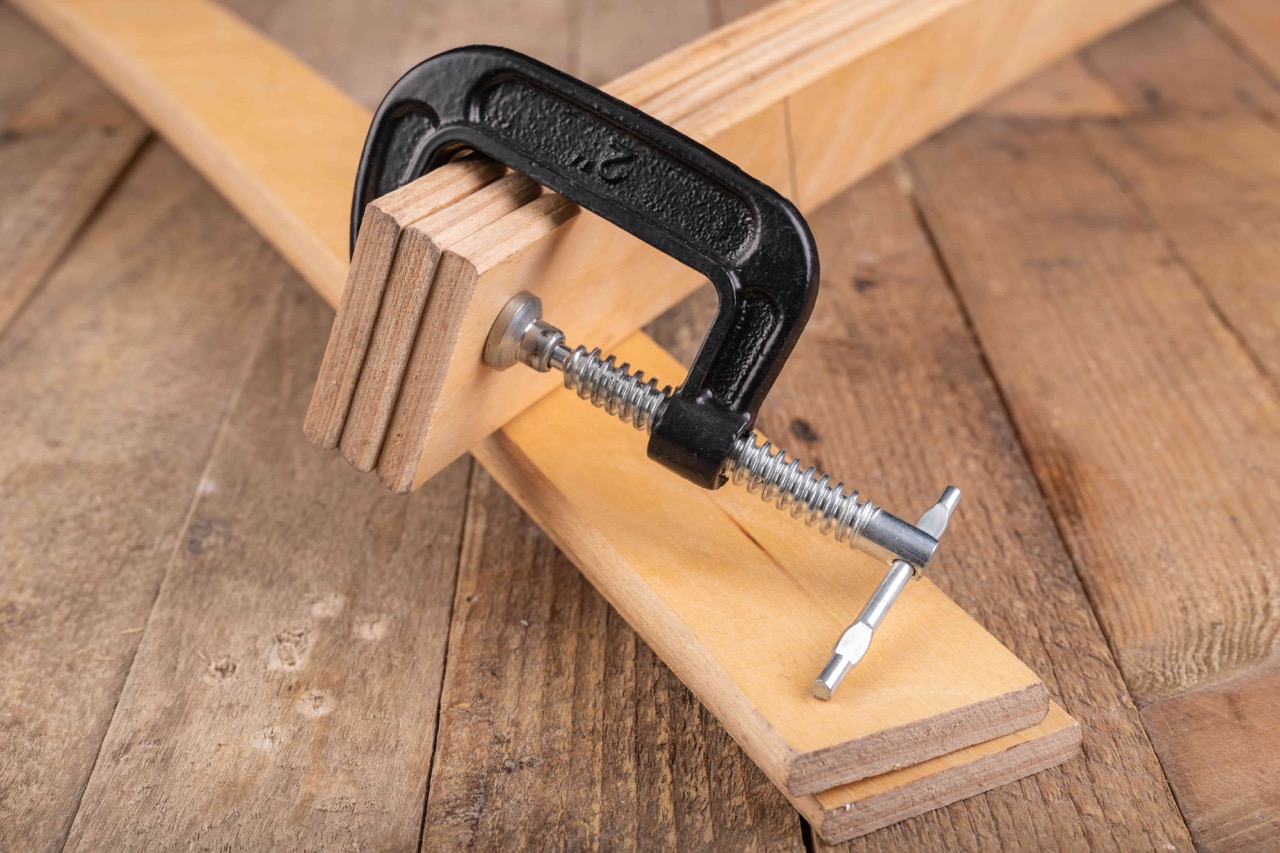
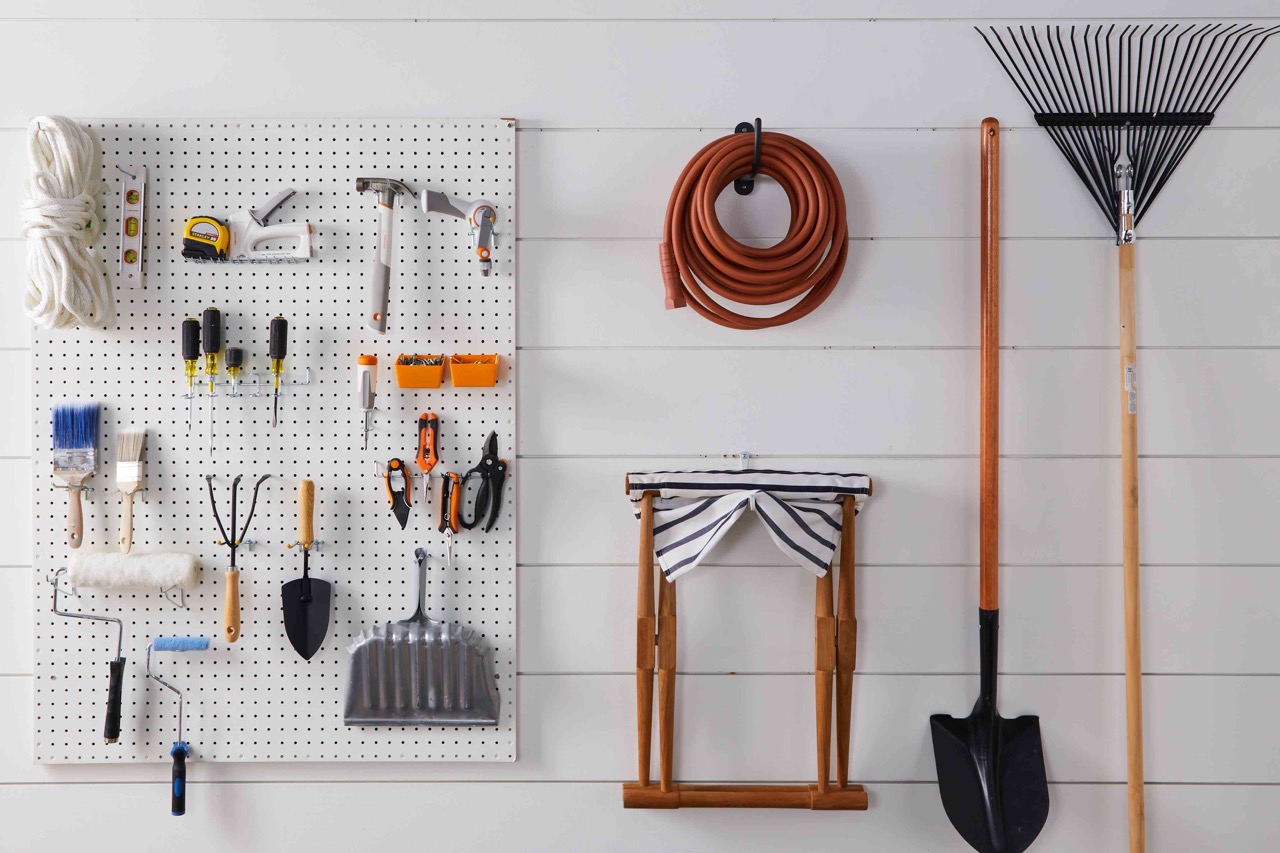
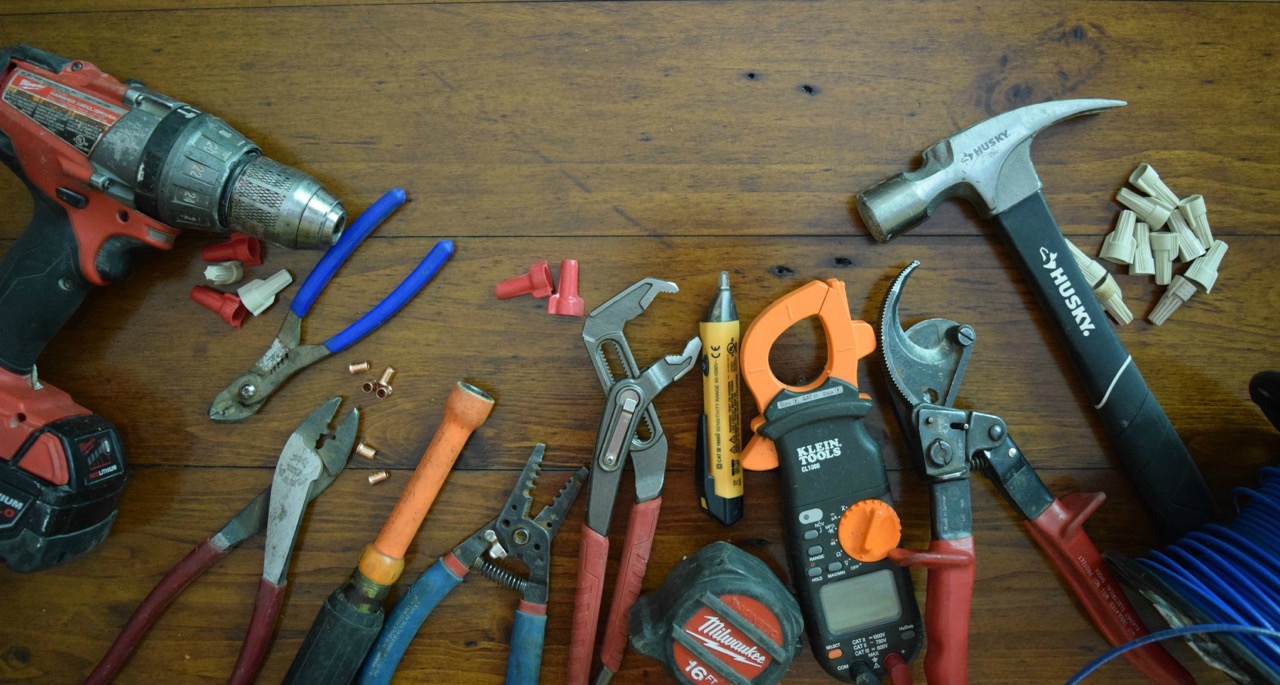
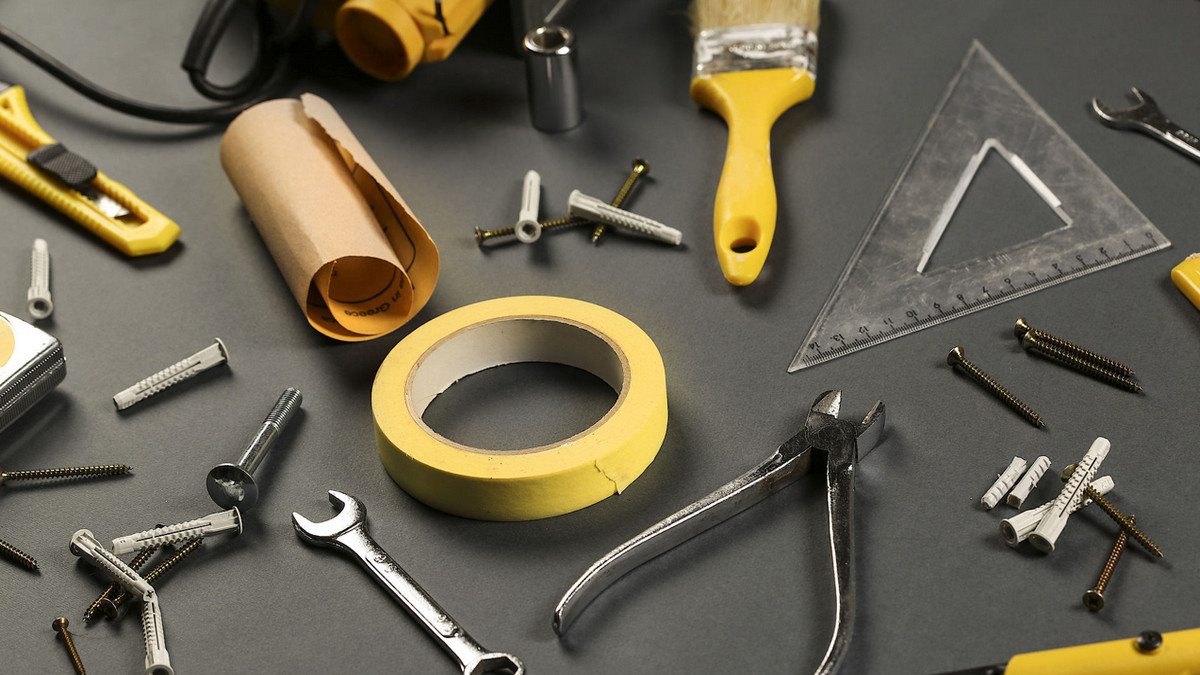
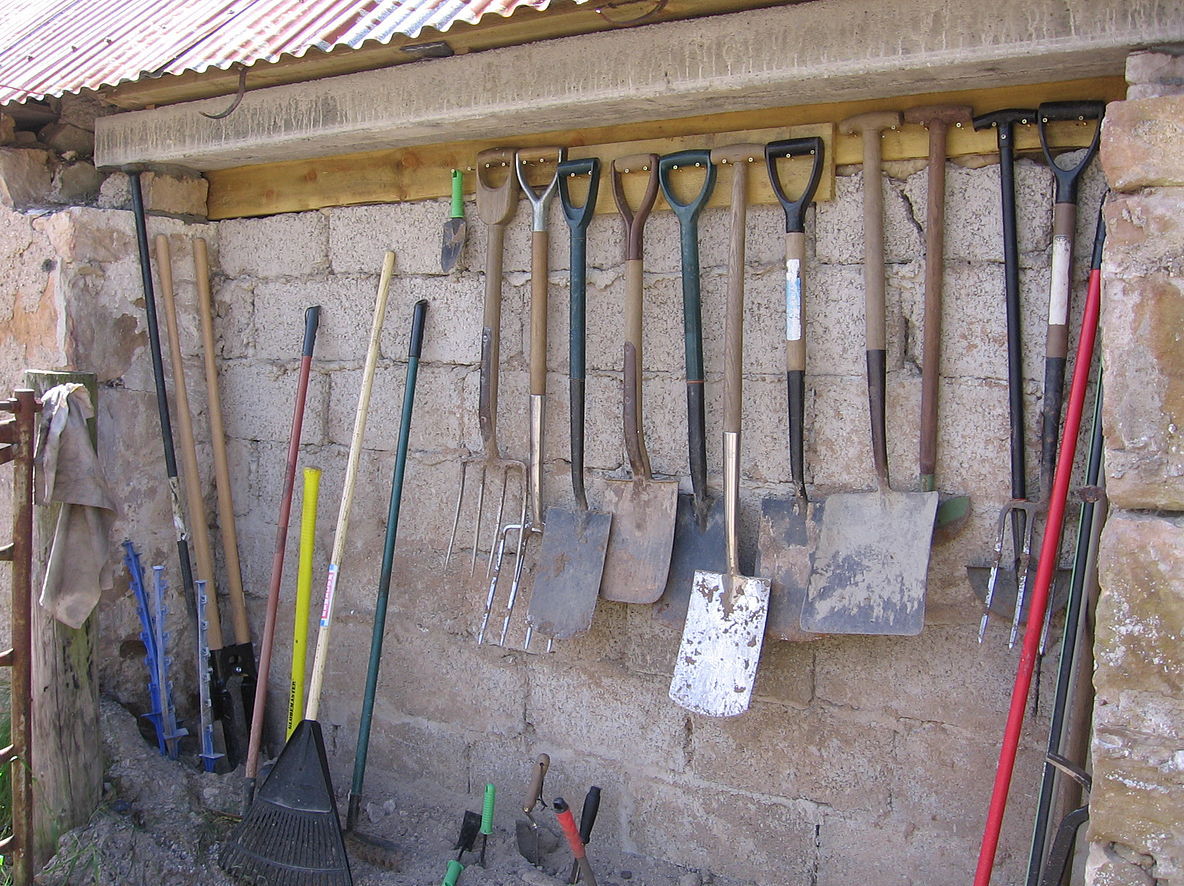
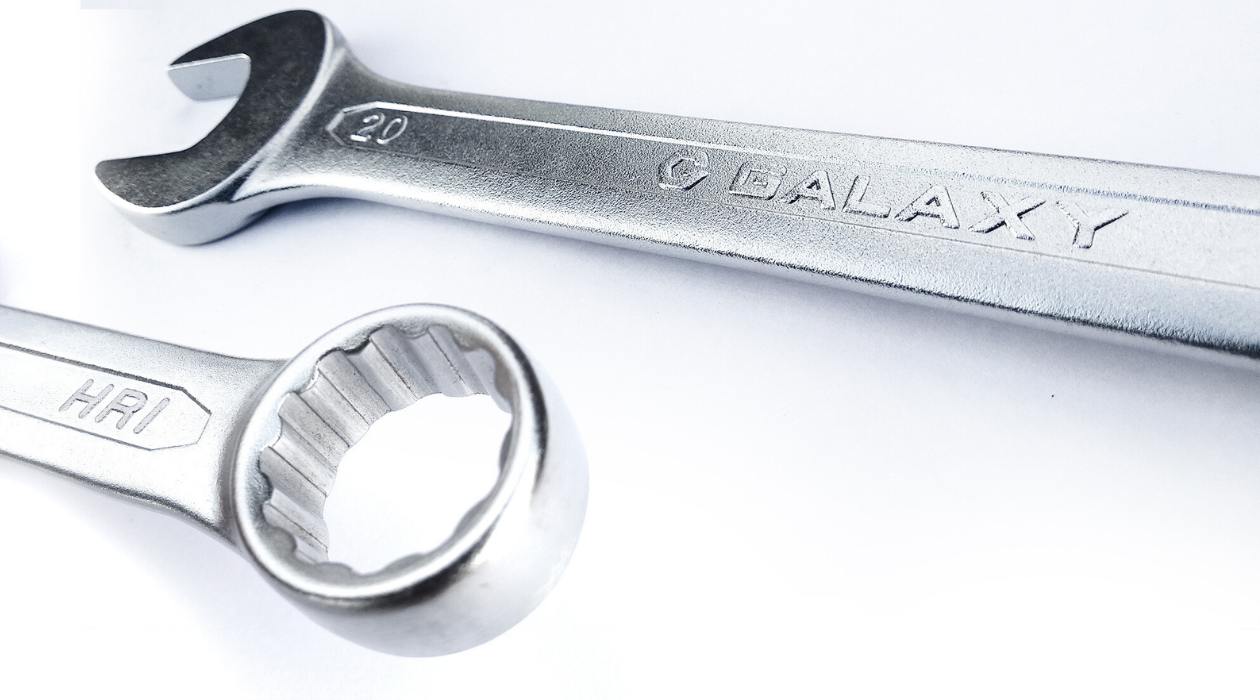
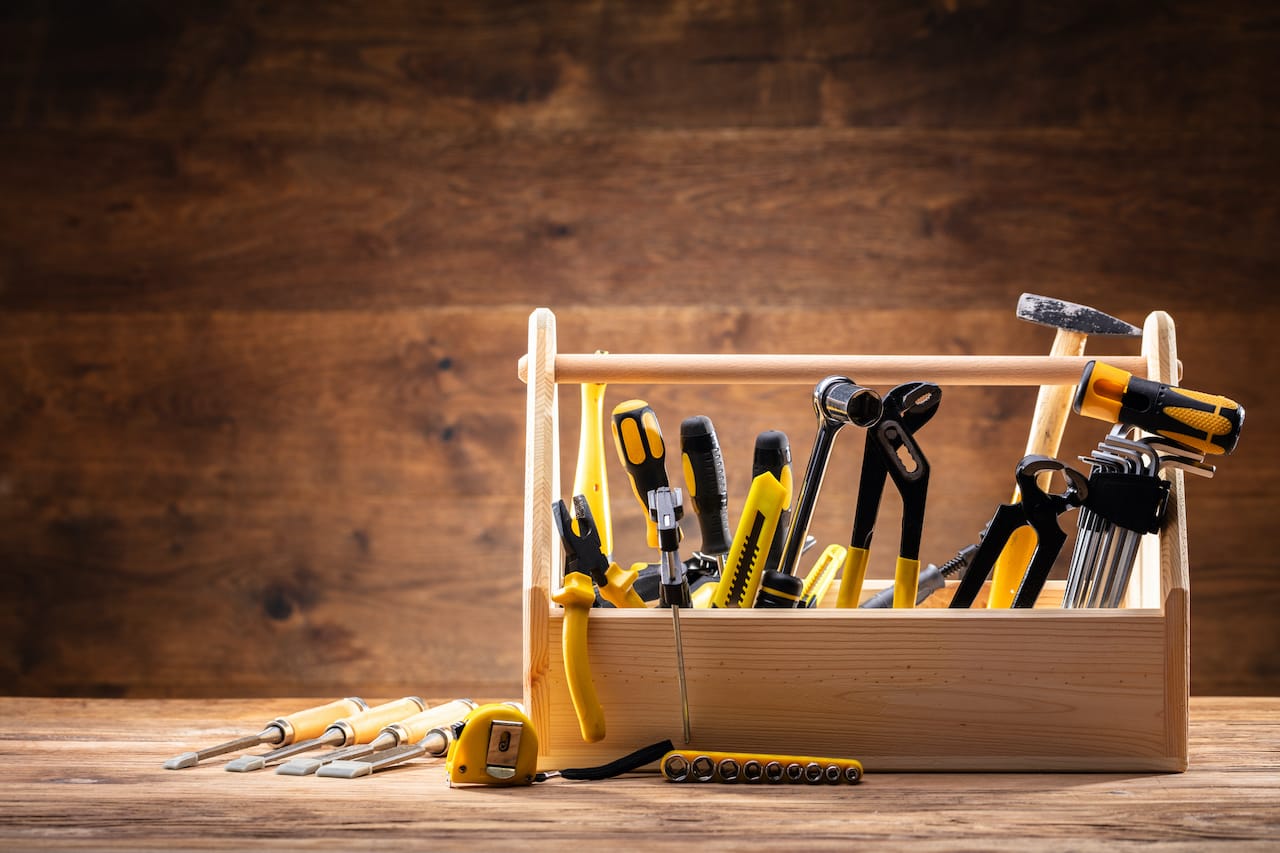
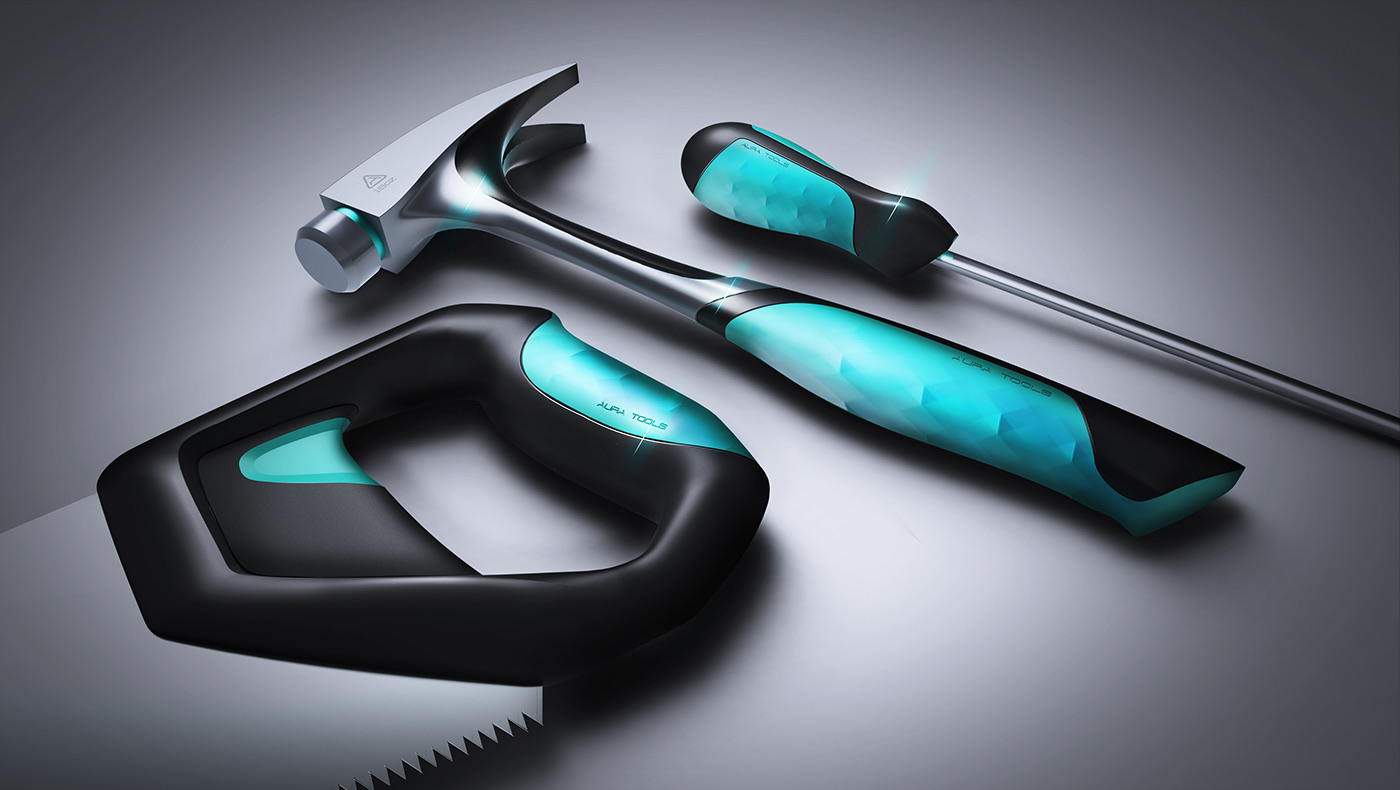

0 thoughts on “How To Repair Dirty Hand Tools Cylinder”